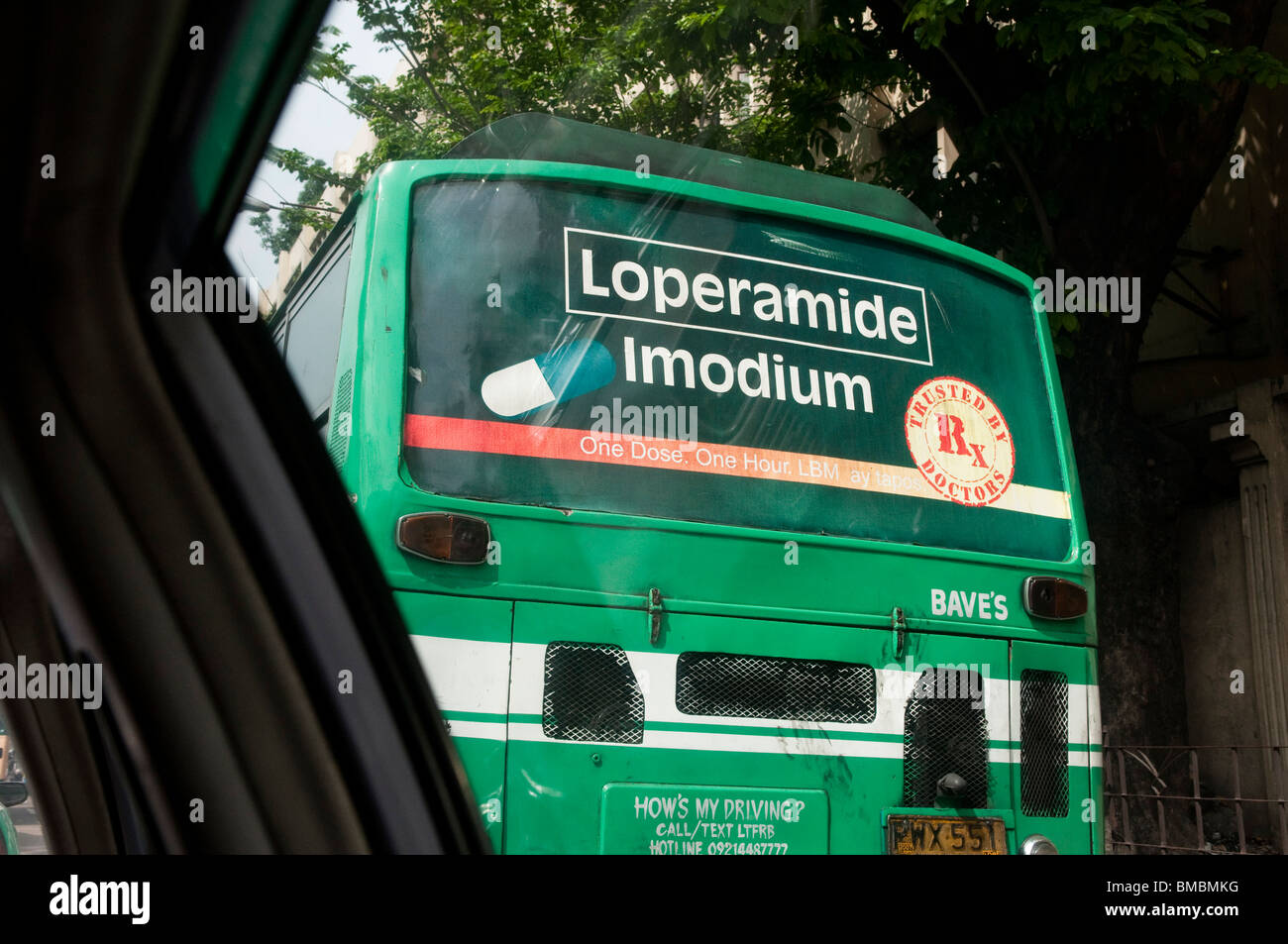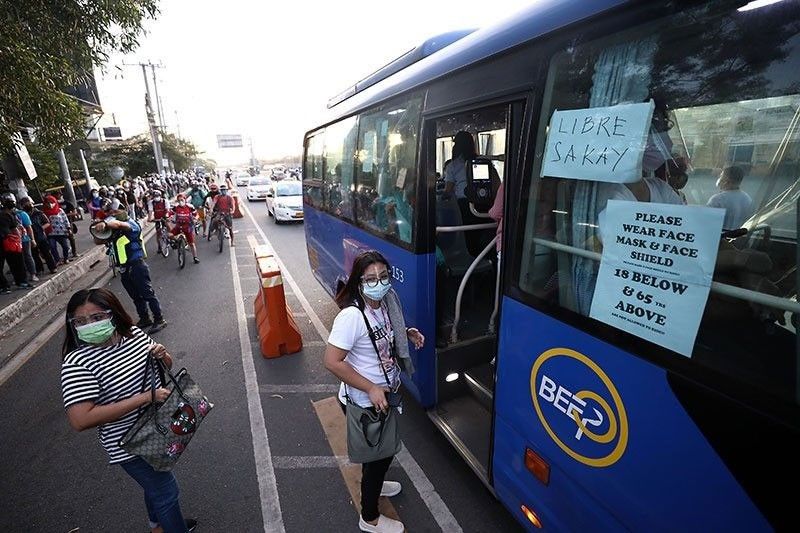A Thorough Evaluation of the Strategies and Techniques for Successful Transportation Advertising Campaigns
Transportation advertising campaigns provide a special opportunity for brands to engage with diverse target markets in dynamic atmospheres. To attain success, it is important to understand the nuances of target demographics, apply innovative layout approaches, and pick optimal placement areas. Furthermore, the effectiveness of these projects can be significantly enhanced by closely checking efficiency metrics and adapting tactics as necessary. As we discover these vital parts, it becomes clear that the course to an impactful transportation marketing method is both intricate and gratifying, elevating the concern of just how finest to browse these complexities for maximum brand visibility.
Understanding Target Demographics
Recognizing target demographics is critical for the success of transportation advertising campaigns (Transit Advertising Philippines). Recognizing certain target market segments makes it possible for advertisers to tailor their messages properly, making sure that the content reverberates with the intended viewers. This strategy improves interaction and maximizes return on investment
To efficiently evaluate target demographics, marketers have to take into consideration numerous essential factors, including age, earnings level, line of work, and way of life preferences. For example, a campaign intended at young specialists may concentrate on ease and modernity, while one targeting families could emphasize safety and security and reliability. Furthermore, geographic elements such as city versus country setups can dramatically influence consumer actions and choices.
Information collection approaches such as surveys, emphasis groups, and social media sites analytics offer valuable understandings right into group patterns and consumer habits. By leveraging this details, advertisers can craft engaging narratives that align with the values and needs of their target market.
Inevitably, recognizing target demographics not just educates the critical direction of transportation ad campaign however also makes certain that resources are alloted effectively. This targeted strategy boosts the chance of attaining campaign purposes, fostering brand name loyalty, and driving conversions.
Imaginative Design Techniques
Efficient communication with target demographics depends heavily on cutting-edge creative style strategies in transportation advertising projects. To effectively record interest in a crowded visual atmosphere, developers should prioritize quality and visual impact. Making use of strong shades and high-contrast elements can improve visibility, guaranteeing that messages are quickly clear from a range.
Integrating vibrant imagery that resonates with the target market is critical. Aesthetic storytelling methods can stimulate emotions and develop memorable associations with the brand. Additionally, calculated usage of typography helps share vital information swiftly; legible fonts and ideal sizes better boost readability.
Integrating interactive aspects, such as QR codes or enhanced fact features, can involve travelers beyond easy monitoring (Transit Advertising Philippines). These techniques not only promote user interaction but also connect the gap between conventional advertising and electronic involvement
Additionally, making use of area artistically-- whether on bus covers, transportation sanctuaries, or subway advertisements-- can bring about ingenious layouts that break the mold and mildew of standard advertising. By embracing creative creative thinking while maintaining brand uniformity, projects can foster a solid connection with their audience, ultimately driving both recognition and action. The combination of these style strategies is paramount for attaining successful transit marketing results.
Strategic Placement Approaches
Making the most of the influence of transportation advertising depends upon calculated positioning techniques that make sure optimal presence and interaction. Efficient positioning entails assessing high-traffic areas and comprehending guest demographics to identify the most advantageous locations for ad display screens. For example, placing ads near entries and leaves of transit vehicles can capture the focus of boarding and touching down travelers, therefore improving direct exposure.
Furthermore, utilizing both interior and external surface areas of transportation vehicles can dramatically expand reach. Exterior advertisements, visible throughout commutes, involve pedestrians and various other chauffeurs, while interior ads target guests in a restricted setting. In addition, placing promotions in transportation hubs, such as bus terminals or train stations, enables enhanced impressions as commuters shift between various modes of transport.
Timing is additionally crucial; aligning the project launch with peak travel durations takes full advantage of audience involvement - Transit Advertising Philippines. Moreover, leveraging electronic screens en route atmospheres can help with dynamic content, improving and giving real-time updates user interaction. By utilizing these tactical positioning methods, marketing professionals can make certain that their transportation advertising and marketing projects achieve optimal presence, reverberate with the target market, and ultimately drive desired outcomes

Determining Project Performance
To analyze the success of transportation ad campaign, it is important to utilize a range of measurement methods visit this page that supply understandings right into audience engagement and general effectiveness. One main approach is making use of essential performance signs (KPIs), such as reach, perceptions, and engagement prices, which measure exactly how numerous individuals connected and checked out the ad with it.
Surveys and focus teams can additionally be instrumental in evaluating consumer assumptions and recall, permitting marketers to understand the impact of their messaging. Additionally, tracking internet site web traffic and social networks engagement throughout and after the campaign helps determine direct feedbacks to the advertising and marketing.
One more effective method is utilizing location-based analytics, which can give data walking web traffic around particular transportation areas, using understandings right into whether the project successfully caught the attention of travelers. Additionally, evaluating sales information can reveal relationships between transportation advertising and marketing web and raised profits, offering concrete proof of a project's effectiveness.
Situation Studies of Success
Understanding the efficiency of transit advertising campaigns through measurement techniques lays the foundation for checking out real-world instances that show successful results. By using geo-targeted digital ads and analytics, the brand name gauged a 30% rise in sales in areas where the covers were plainly presented, showing the direct effect of transit marketing.
One more compelling example comes from a local nonprofit company that released a project on metro systems to advertise a community event. The organization integrated lively visuals with QR codes routing commuters to a registration web page. Post-campaign evaluation disclosed a 50% increase in event attendance compared to the previous year. Using straight engagement through technology magnified the project's reach and performance.

Verdict
In recap, effective transportation advertising and marketing projects demand a comprehensive approach that integrates an understanding of target demographics, innovative design techniques, and tactical placement. Collectively, these techniques foster brand presence and take full advantage of the return on financial investment in transportation marketing efforts.
Comprehending target demographics is critical for the success of transportation advertising and marketing projects.Reliable interaction with target demographics counts greatly on cutting-edge creative design methods in transportation marketing campaigns. By utilizing these tactical see this website placement approaches, online marketers can guarantee that their transit advertising campaigns attain optimal exposure, resonate with the target audience, and ultimately drive wanted end results.
Recognizing the efficiency of transportation marketing campaigns via dimension methods lays the groundwork for examining real-world instances that show successful outcomes.In recap, effective transit advertising projects require a detailed method that integrates an understanding of target demographics, innovative design strategies, and strategic positioning.
Comments on “Efficient Transit Advertising Philippines to Grow Your Audience”